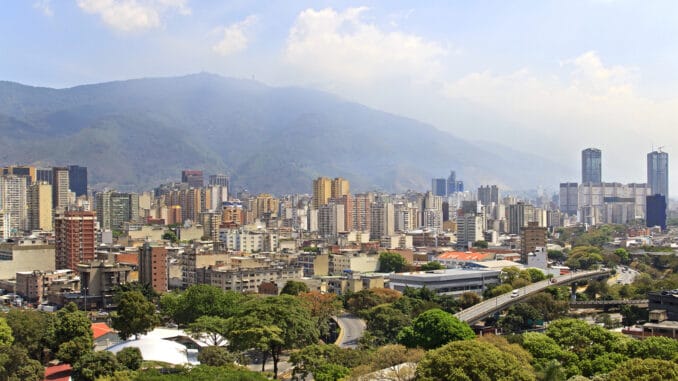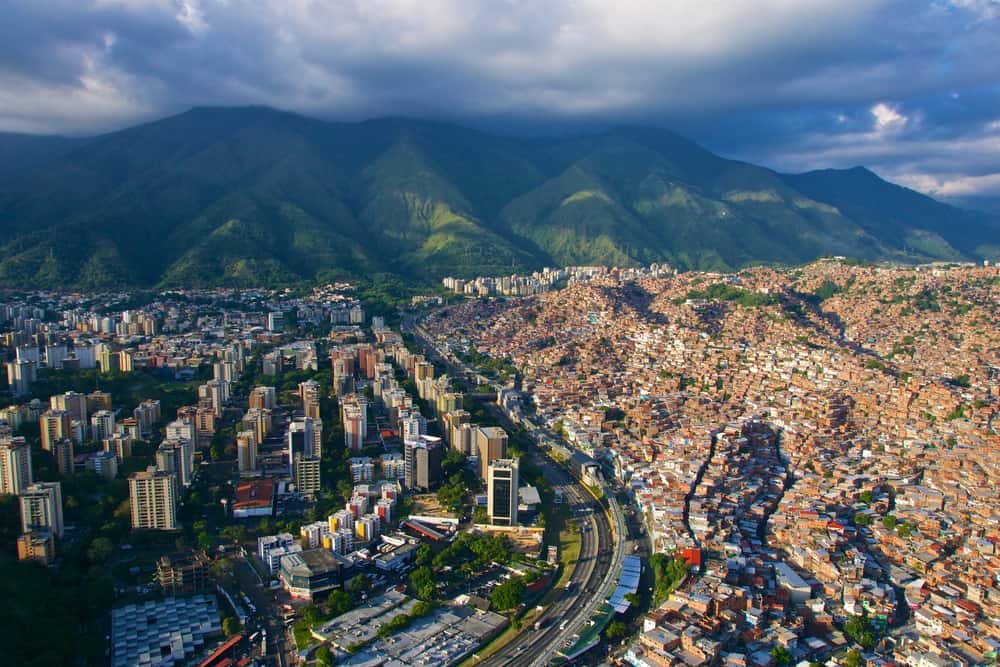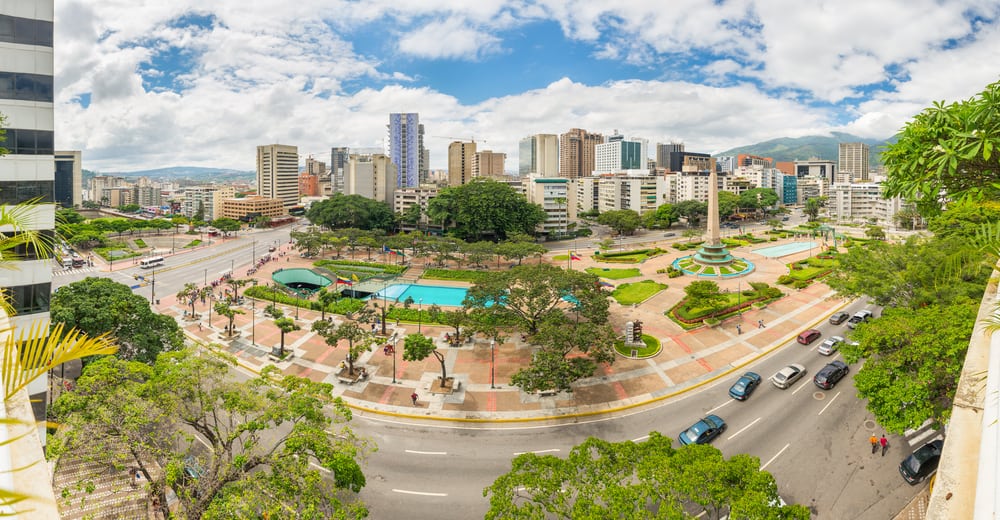
Beautiful Venezuela, nestled in the northern region of South America, is one of the most vibrant countries in the area. But what is the capital of Venezuela?
The capital of Venezuela is Caracas. Caracas is in the northern part of Venezuela, next to the Caribbean. It’s home to almost five million people, making it the largest city in the country as well.
If you want to know more about Venezuela’s long and colorful history, are interested in Latin American culture, or are researching OPEC countries, here is everything you need to know about beautiful Caracas, the capital of Venezuela.
The Capital of Venezuela is Caracas

Venezuela is a country of almost thirty million people, five million of whom live in the capital city of Caracas. That makes Caracas the largest city in the country.
Although Venezuela is an oil-producing country, Caracas has a largely service-oriented economy, with many restaurants, museums, and shopping centers. It also has a thriving textile industry.
Caracas is also home to some of the tallest skyscrapers in South America, like the Parque Central Complex which, at 738 feet, was the largest skyscraper on the continent until 2014. That’s really tall!
As for culture, the Museum of Contemporary Art of Caracas is considered one of the best in the region. There are many other museums and theaters to enjoy as well.
Where is the Capital of Venezuela Located?

Caracas is located on the northern edge of Venezuela, situated along the Guaire River close to the Caribbean.
The Cerro El Avila mountain range cuts the city off from the ocean to the north, but you can get to the beach in half an hour. It’s only 6 miles from the port city of La Guaira.
The city spans a total of 167 square miles and is home to 22 different districts. It’s also home to many barrios, densely populated slums holding 45% of the population in about 25% of its habitable land.
Many of the barrios are on the western side of the city climbing up the side of the mountains, with the Petare barrio on the east side being a notable exception.
Brief History of Caracas

Caracas was founded in 1567 by the Spanish conquistador, Captain Diego de Losada, as the city of Santiago de Leon de Caracas. The Spanish established it as the capital of Venezuela shortly after, in 1577.
Because of the mountain range to the north, the city was relatively safe from pirate raids which helped it survive until the modern day.
However, the city didn’t grow significantly until the mid-20th century when Venezuela discovered its enormous oil reserves. As a result, Venezuela became the largest known repository of oil in the world in 2014, surpassing even Saudi Arabia.
Unfortunately, this economic boom has not borne itself out cleanly and Caracas, along with the rest of Venezuela, is suffering from unprecedented levels of hyperinflation.
Because of the economic and political turmoil in the country, Caracas is also a highly dangerous city, with almost half its inhabitants living in the barrios.
Caracas earned the title of the most violent city in the world in 2015 due to its sky-high murder rate, regular kidnappings, and wrongful detention of foreigners.
Why is Caracas the capital of Venezuela?
Caracas is the capital of Venezuela because it is the country’s political, cultural, and economic center.
Caracas is home to the Presidential Palace, Venezuela’s Central Bank, Venezuela’s Supreme Court, and the National Assembly. The country’s political power is centralized here.
The Caracas Stock Exchange is here. And the largest company in the country, Petróleos de Venezuela, is also headquartered here.
The city has modern universities such as the Universidad Central de Venezuela, hospitals, and UNESCO cultural heritage sites.
After discovering the oil reserves, many Venezuelans migrated to Caracas. This mass migration began in the ‘40s and ‘50s and has made Venezuela one of the most urbanized South American countries.
The combination of political power, economic centralization, academic institutions, cultural significance, and sheer population make Caracas the capital both in name and in fact.
Best Places to visit in Caracas
Caracas is not a safe place to visit, nor is the rest of Venezuela, unfortunately. Because of the severe economic distress the country is facing, it was considered the most dangerous country in the world throughout the 2010s.
Caracas had the highest murder rate per capita in the world outside of a war zone for much of the 2010s. In 2022, Caracas sits at number three, with a murder rate of 100 people per 100,000 inhabitants.
Venezuela is currently at a level four travel advisory warning, the highest level possible, a Do Not Travel advisory.
That said, some people do take the risk to see this beautiful city. So if you find yourself in Caracas, make sure to visit the world-renowned Contemporary Art Museum, home to over 5,000 pieces of art.
You can drive out to El Avila national park if you have transportation. The park is home to one of the world’s longest cable cars, giving you fantastic views of both the city and the Caribbean.
For a bit of history, visit the Panteon Nacional. The resting place of Simon Bolivar, among many other prominent Venezuelans, it’s a great place to learn about the country’s period of secession from the Spanish Empire, as paintings inside depict Bolivar’s life.
Summary
Caracas, the capital city of Venezuela, has been the location for some of the most significant historical events of the past 100 years. This city carries a heavy load from the oil boom to the turmoil of severe hyperinflation.
Despite that, five million people call Caracas home. Five million people go to school, work in the textile industry, visit the museums and theaters, and enjoy the beauty of the Caribbean.
Situated near the northernmost tip of all of South America, the mountainous city of Caracas has grown upwards, not outwards. And with so many people in one place, it’s no wonder the city has such an exciting story to tell.
